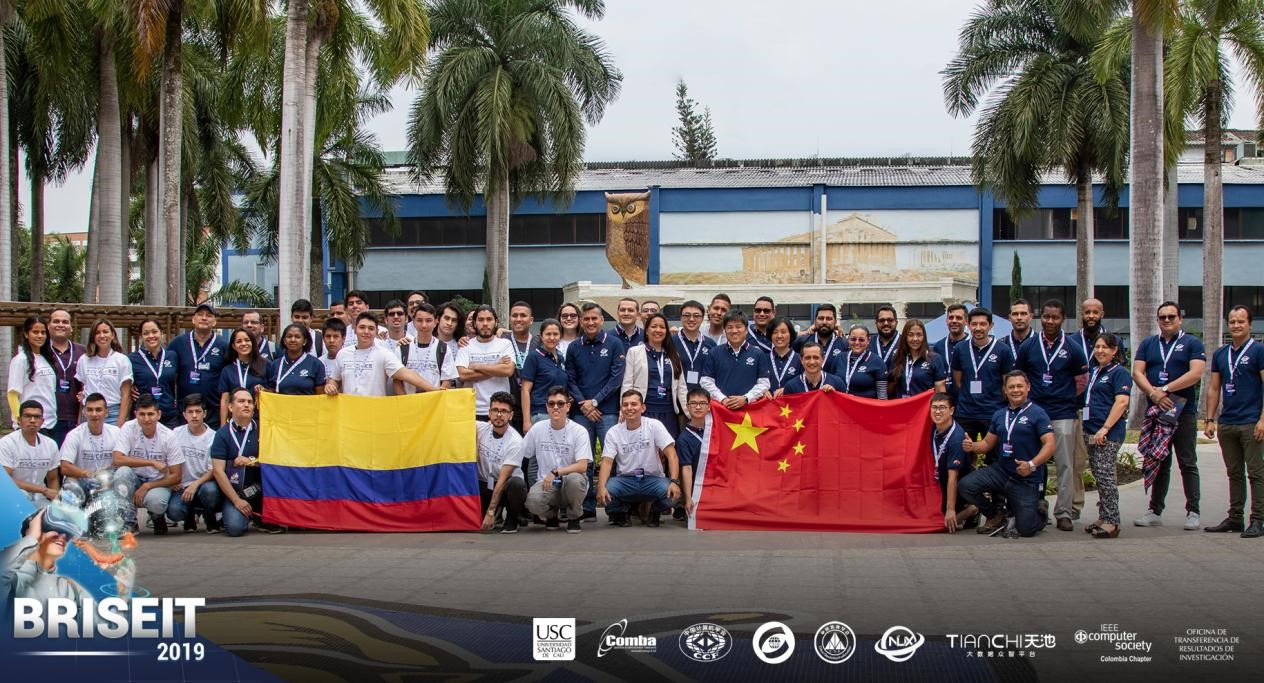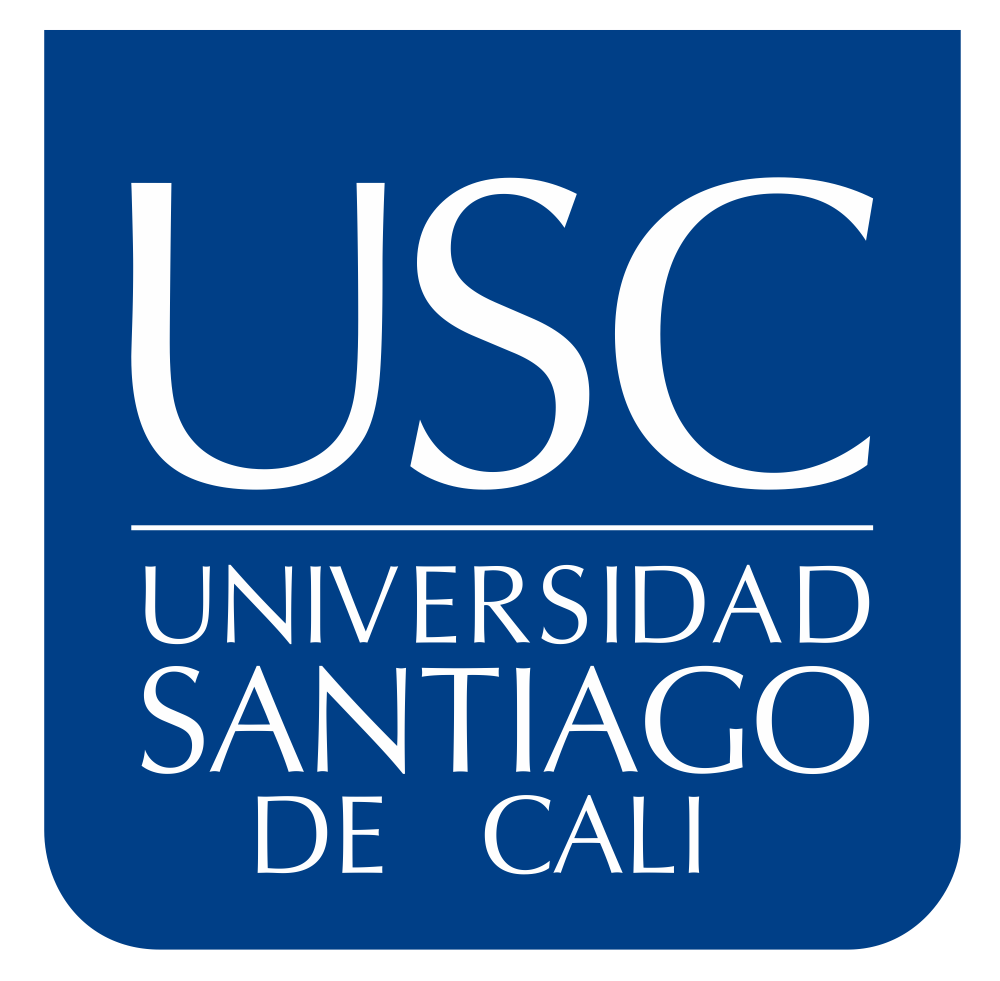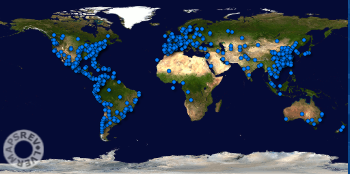中心研究员群体国家外专局“一带一路”创新团队2020项目成功结题
The Belt and Road Initiative covers a vast area with a large population and diverse cultures. The “five links” — policy, infrastructure, trade, financial and people-to-people connectivity — are not only our goals, but also our actual needs. Over the past three years, we have done a lot of exploration on how to cooperate on the Belt and Road Initiative.
In 2018, 18 universities along the Belt and Road started to build virtual reality systems and content for the first time. The first batch of recognized international cooperation centers are based on 18 high-level institutions, Beijing university of aeronautics and astronautics, Beijing institute of technology, China ocean university, university of rochester institute of technology, Beijing normal university, institute of software, Chinese Academy of Sciences, tongji university, tianjin polytechnic university, university of Seth, xian xian university of science and technology, university of Santiago Cali, music institute, university of the andes, nanchang university, western autonomous university, Qingdao university, antigua Asia University, and Cauca University. After unanimous approval by various units, two co-chairs were set up, namely, the State Key Laboratory of Virtual Reality Technology and System of Beihang University and the College of New Media Art and Design, and the Beijing Engineering Research Center for Mixed Reality and New Display Technology of Beijing Institute of Technology. The first Chairman and Secretary-General were Dr Hu Yong and Dr Luo Xun respectively. Within three years, it plans to expand its membership to about 50. With the Belt and Road Initiative as the main cooperation framework, the ICCS will also actively participate in other frameworks, such as the China-Us people-to-people Exchange mechanism and China-Asean cooperation mechanism, to jointly promote international exchanges and cooperation in virtual reality and visualization technologies.

In 2019, this cooperation framework was upgraded to Zhinet Interconnection Lab and began to develop quickly. From 14 to 20 August 2019, By the state key laboratory of virtual reality technology and system, Beijing institute of technology, tianjin university of science and technology, shandong university, nanjing university, xi ‘an polytechnic university, fudan university, China ocean university and other colleges and universities and institutions of delegation held jointly with the relevant parties in Cali, Colombia a week of the first all the way to a new generation of information technology peak BBS “area and summer school” Discussion (BRISEIT 2019). Three universities in Cali, the University of Santiago Cali, the Catholic University of Haviriana, the University of ICESI, and RUPIV, an innovation alliance of universities in the province of the Kauka River Valley, jointly hosted the event. On 14 August, BRISEIT 2019 kicked off with a grand opening ceremony at the University of Santiago Cali. Orlando Alfonso Gurt Diaz, First Secretary of the Colombian Ministry of Foreign Affairs, Carlos Andres Perez Galando, President of the University of Santiago Cali and the University leadership, Representatives from 17 universities in Colombia, Brazil, Argentina, Chile, Peru, Ecuador, Mexico and other Latin American countries, more than 30 distinguished guests from governments, business communities and social organizations, as well as hundreds of teachers and students attended the opening ceremony. The Prefect of the Cauca Valley Province, Ms. Sylvia Kristina Constant-Reggieve, and the Mayor of Cali, Maurice Amit, sent messages of congratulations. Zhu Xiaoyan, Cultural counselor of the Chinese Embassy in Colombia, sent a video message. Education, technology and culture are all important elements of the Belt and Road Initiative, and the BRISEIT 2019 agenda is a good example of the convergence of the three.
Chinese and Latin American science and technology workers demonstrated to the participants the achievements of the new generation of information technology to facilitate the Belt and Road communication, including the use of virtual reality technology to play the ancient Chinese bianzhong ceremony, tour of the Big Wild Goose Pagoda in Xi ‘an, the forest of Steles and other Chinese historical sites. The guests are interested in trial in succession, praise unceasingly.


Up to now, more than 200 universities have established cooperative relationships with the Internet Lab, covering Latin America, ASEAN and Europe. We are also supported by many national, provincial and municipal science and technology departments. This report shares the original intention, architecture design and work results of the new R&D organization.




